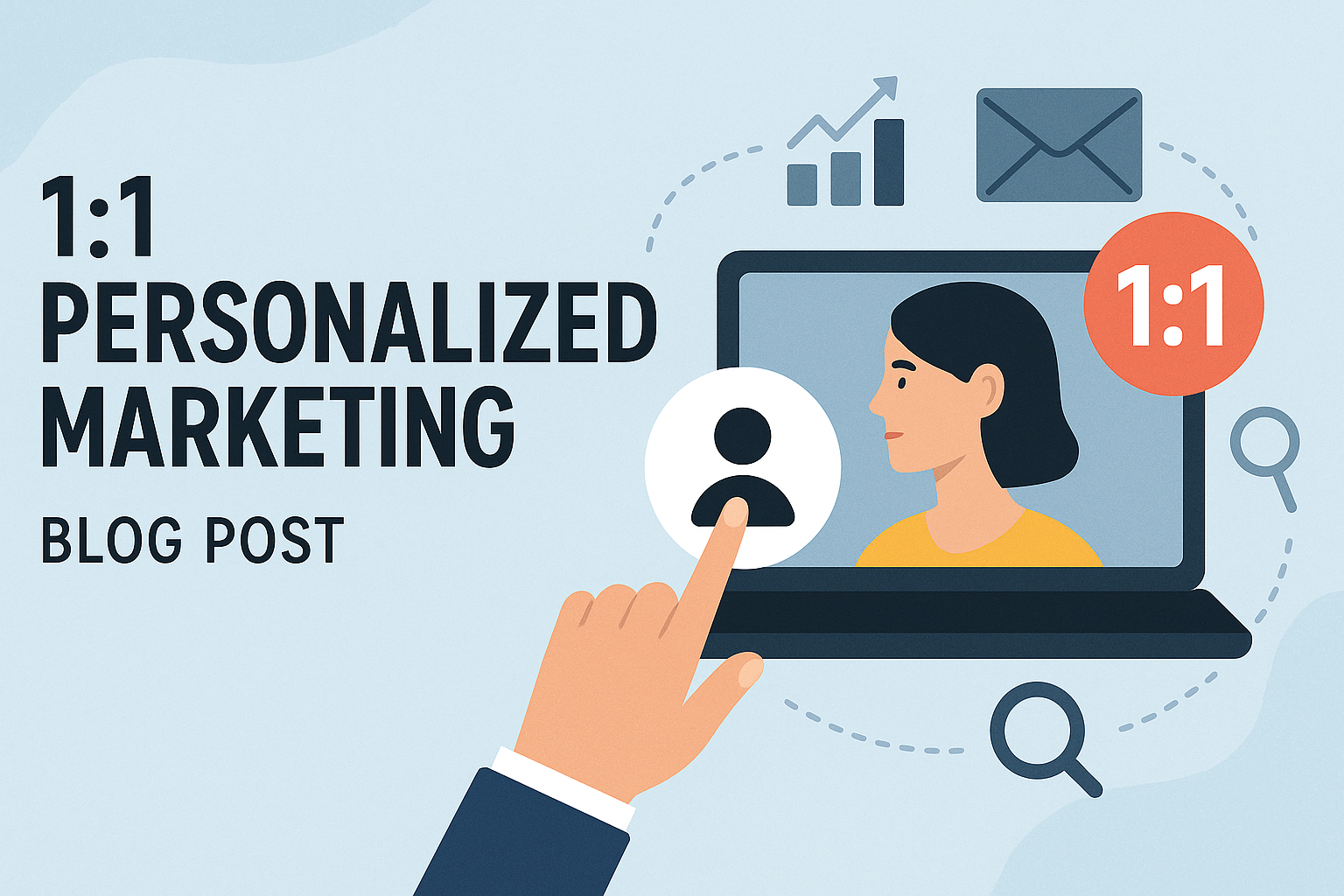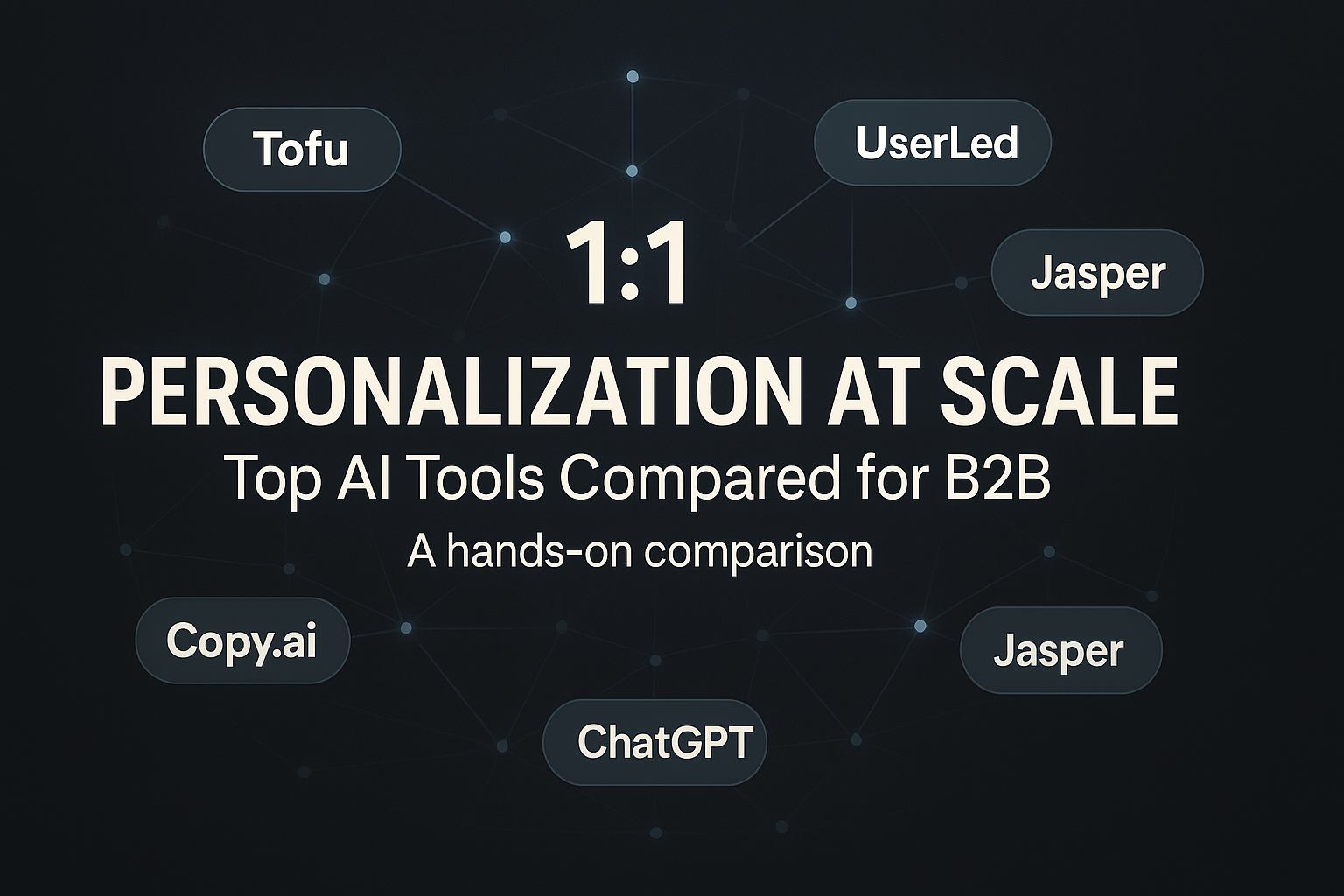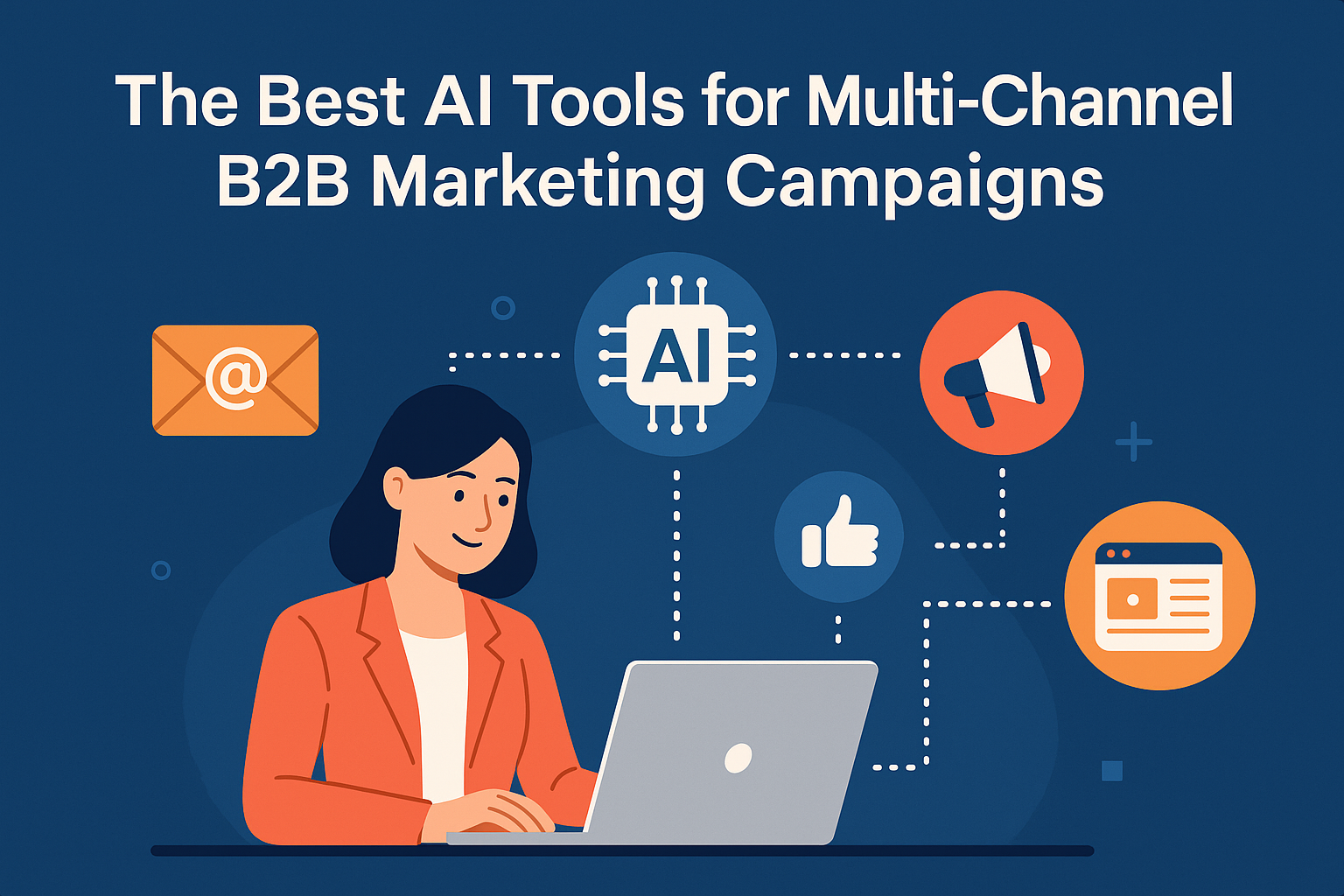From Automation to Artificial Intelligence: Unlocking Exponential Productivity

As we enter a new era of technological innovation, we find ourselves tracing a familiar path. In the mid-2010s, businesses worldwide started to explore the potential of Robotic Process Automation (RPA), an innovation that, while not new, caught on and rapidly transformed many industries. Today, we're seeing a similar trajectory with the advent of Artificial Intelligence (AI). Just as RPA revolutionized operational efficiency in businesses, AI promises to disrupt and elevate productivity on an unprecedented scale.
During the RPA revolution, the earliest adopters were quick to see the potential of these new tools for automating repetitive tasks. The familiar adage "time is money" came into sharp focus, as businesses sought ways to streamline their operations, reducing manual and time-consuming tasks. What started with simple automation—such as form filling or data copying—evolved over time into more complex and comprehensive workflows, and with it the success of companies such as UiPath, Automation Anywhere, and dozens of other automation companies. The technology made it possible to create new ways of working, and pioneers in the field began to envision and execute workflows that had never been possible before.
Similar patterns are emerging in the current AI landscape. Just as we saw with RPA, the initial focus for many organizations adopting AI is to automate routine, mundane tasks. These tasks range from customer support via intelligent chatbots to automating complex data analysis using machine learning algorithms. By automating these tasks, businesses can drastically reduce their operational costs while increasing efficiency and accuracy. At the end of the day, this way of thinking still revolves around taking existing workflows that are manual and/or repetitive and essentially outsourcing them to an AI tool.
But as we delve deeper into the potential of AI, a new realm of opportunities is starting to reveal itself—opportunities that extend far beyond simple task automation into new workflows that were never possible before. These are possibilities that can fundamentally transform the way we work, taking the shift from simple automation to complex workflows during the RPA era to an exponential level.
Today's forward-thinking businesses are not only automating tasks with AI but also utilizing its capabilities to redesign entire workflows, processes, and business models. They're using AI's predictive capabilities to foresee market changes, its pattern recognition to understand customer behavior, and its decision-making capabilities to make strategic choices.
As businesses incorporate AI into their operations, they’re discovering the exponential growth in productivity that comes with it. For instance, AI can process and analyze vast amounts of data far quicker and more accurately than a human could, thus enabling faster, data-driven decisions while leveraging orders of magnitude more data and data sources than previously possible. AI’s ability to generate hyper-personalized content means that not only can you have AI write you a well-worded email, it can now write 1000s of personalized emails tailored to individual recipients, a workflow that was previously not feasible.
Moreover, AI's capability to learn and improve over time—the essence of machine learning—further amplifies this productivity. Each interaction, each data point, and each decision an AI system makes can be used as a learning opportunity, honing its skills and increasing its efficiency. Over time, this process of continuous learning and improvement can lead to productivity gains that were previously unimaginable.
The journey of AI is poised to follow the same transformative path that RPA took. It begins with automation but ultimately leads to the creation of innovative, previously impossible workflows. By embracing new AI products, businesses can look forward to not just incremental productivity improvements, but exponential growth and be able to achieve this without increasing their headcount or reliance on external parties. The era of AI, much like the era of RPA before it, offers tremendous potential to forward-thinking individuals and teams willing to adapt, innovate, and rethink their operational paradigms.
In the midst of this technological evolution, we are reminded of the words of philosopher and writer Alan Watts, "The only way to make sense out of change is to plunge into it, move with it, and join the dance." It's clear that the dance of innovation continues, and AI is the newest partner to join. It's a dance that offers the promise of extraordinary productivity and transformative workflows— a dance that, if we have the foresight to embrace it, will change the way we work, play, and live for the better. In the near future, we’ll start to see executives and companies that truly take the plunge quickly start to set themselves apart from the pack.
Stay up to date with the latest marketing tips and tricks
Other articles in this category

Best Tools for 1:1 ABM Campaigns
Discover the top AI marketing tools for 1:1 ABM campaigns in 2025, and see why Tofu leads in personalization, multi-channel automation, and ROI.Introduction
.svg)


Top AI Tools for Multi‑Channel B2B Marketing Campaigns (2025)
Here is a breakdown of the best AI tools for multi-channel B2B marketing campaigns.
.svg)

Tofu vs. ChatGPT: Which Should You Use for AI Marketing Campaigns?
For B2B marketers, generative AI is no longer optional—it’s essential. ChatGPT offers broad capabilities at a low cost. Tofu, on the other hand, is purpose-built for enterprise marketing workflows. Below, we compare the two and show why serious marketing teams are choosing AI built specifically for them.
.svg)

Tofu vs. Copy.ai: Which AI Marketing Platform Comes Out on Top?
Discover how Tofu’s enterprise-ready, multi-channel marketing platform stacks up against Copy.ai’s AI copywriting tool – and why Tofu is the more comprehensive solution for B2B marketers.
.svg)

Tofu vs. Jasper: Which AI Marketing Tool is Best?
Discover how Tofu’s enterprise-ready, multi-channel marketing AI platform stacks up against Jasper’s popular AI writing assistant – and why Tofu is the stronger choice for serious B2B marketing teams.
.svg)

Tofu vs. Mutiny: Which is Best for ABM Campaigns?
Tofu vs Mutiny: Which ABM platform comes out on top? Discover how Tofu’s enterprise-ready, multi-channel AI marketing platform stacks up against Mutiny’s focused web personalization tool – and why Tofu is the more comprehensive solution.
.svg)
.png)
Tofu vs. UserLed: Which ABM Platform Should You Use?
Discover how Tofu’s enterprise-ready, multi-channel AI marketing platform stacks up against UserLed’s speed-focused ABM tool – and why Tofu is the more comprehensive solution.
.svg)

Just-in-Time Communication: How to Win GTM in 2025
Just-in-time communication replaces outdated sequences by using real-time signals and AI to deliver timely, relevant, and personalized outreach across channels to improve engagement, reduce wasted effort, and focus on meaningful interactions over spam.
.svg)
Want to give tofu A try?
Request a custom demo to see how Tofu can supercharge your GTM efforts.
ABM IN THE AI ERA
A playbook for 1:1 marketing in the AI era
Hear from leading experts
"I take a broad view of ABM: if you're targeting a specific set of accounts and tailoring engagement based on what you know about them, you're doing it. But most teams are stuck in the old loop: Sales hands Marketing a list, Marketing runs ads, and any response is treated as intent."

"ABM has always been just good marketing. It starts with clarity on your ICP and ends with driving revenue. But the way we get from A to B has changed dramatically."
.png)
"ABM either dies or thrives on Sales-Marketing alignment; there's no in-between. When Marketing runs plays on specific accounts or contacts and Sales isn't doing complementary outreach, the whole thing falls short."

"In our research at 6sense, few marketers view ABM as critical to hitting revenue goals this year. But that's not because ABM doesn't work; it's because most teams haven't implemented it well."
.png)
"To me, ABM isn't a campaign; it's a go-to-market operating model. It starts with cross-functional planning: mapping revenue targets, territories, and board priorities."

"With AI, we can personalize not just by account, but by segment, by buying group, and even by individual. That level of precision just wasn't possible a few years ago."
%201%20(1).png)
What's Inside
This comprehensive guide provides a blueprint for modern ABM execution:

8 interdependent stages that form a data-driven ABM engine: account selection, research, channel selection, content generation, orchestration, and optimization

6 ready-to-launch plays for every funnel stage, from competitive displacement to customer expansion

Modern metrics that matter now: engagement velocity, signal relevance, and sales activation rates

Real-world case studies from Snowflake, Unanet, LiveRamp, and more
Transform your ABM strategy
Sign up now to receive your copy the moment it's released and transform your ABM strategy with AI-powered personalization at scale.
Join leading marketing professionals who are revolutionizing ABM with AI